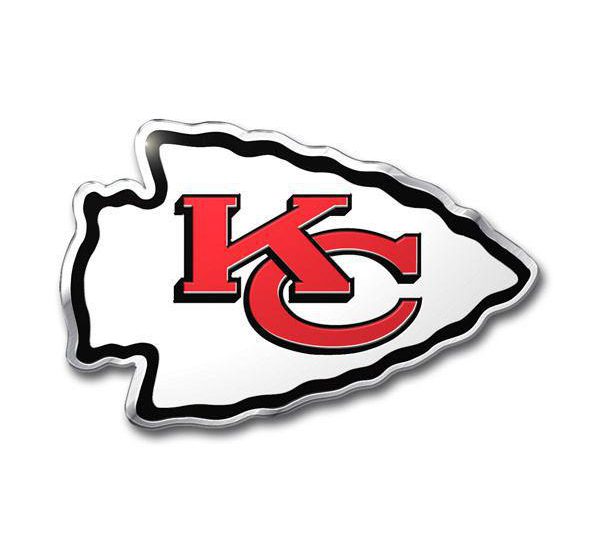Career Corner: A Look at Cartography
Cartography has a long history within the organization. The Auto Club produced its very first TourBook back in 1909. Its three hundred eighty eight pages included almost one hundred pages of maps, which led to the creation of a map drafting department in 1911. By 1914, there were five people in the department. Today, it has eight cartographers, including one of the nation’s last field cartographers, Shane Henry, who drives across the West noting the safety of each filth road. The team works on seventy folded map titles for many states, including Texas, Maine, Alabama, and California; and more than two million maps are transferred out to members each year. The department is led by Alyson Stanton, Manager, Cartography, who was hired in 2002. Here she talks about the importance of maps to our members and about the future of mapping.
What did you do when you were very first hired?
I embarked as a cartographer, and at that time we were still making some maps by arm, scribing and gluing typeset street names down on Mylar film. I was working on the drawings, and we were transitioning into digital mapping. All the maps were being digitized and created in Adobe Illustrator.
How does cartography fit into the organizations mission?
I like to say that we inspire people to travel. Mapping is a legendary service because it’s been around for so long. Our members truly respect the quality of the maps we make. And as time has gone on, we’ve attempted to add information and details that you don’t necessarily find without having to go to numerous sources. So many of our maps have a lot of travel information all in one product, this is what makes them a valued member product and sets our maps apart from other products out there.
How long does it take to make a map?
A fresh map takes fairly a while. Sometimes, it takes about eight months, because we embark by building the base, but we also gather the data and all the research materials. And once you’ve done all the research, then you have to lay down the lines and type on the map and write the map copy. So it’s fairly a process. Updating a map takes about two to three months.
Has the concentrate of our cartography switched in latest years, and if so, how?
I think it has. Today, we put a big effort into Guide and Reference maps, such as Yosemite, Indian Country, and Camping, because they are vacation-planning devices, versus our city maps. People aren’t using city maps as much because they have the data on their phones, the City series maps used to be our highest usage. When you go to your friend’s fresh house, you dial it in your phone and get the step-by-step directions instead of opening a map and attempting to figure out where the house is. So we truly have focused on our Guide maps and vacation maps that give people more than just the street pattern. Our series of Guide maps has enlargened in usage, so we are creating fresh titles for our members.
